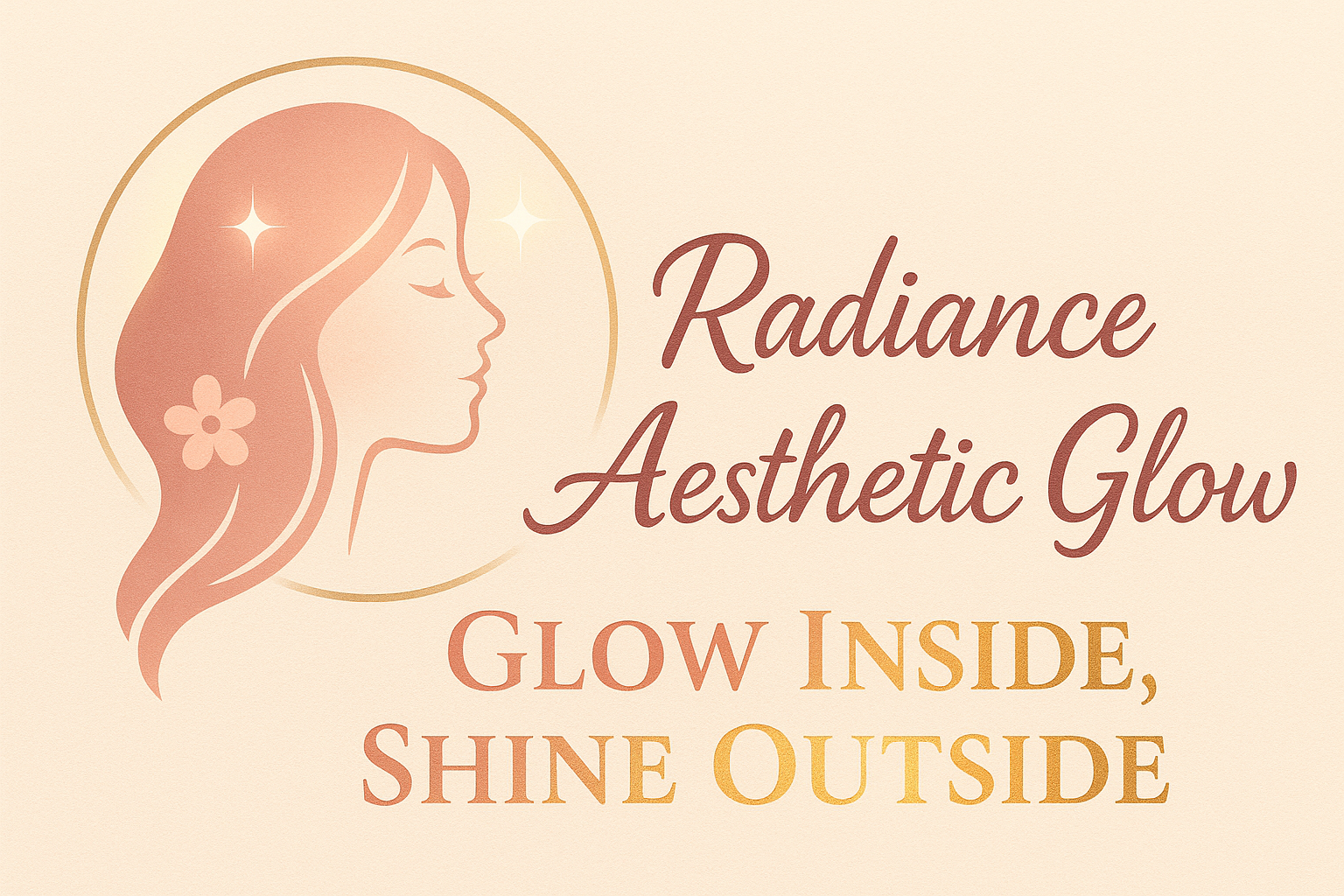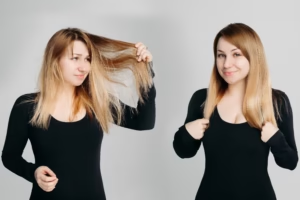How Retinol Works to Fight Wrinkles
Retinol has become a skincare superstar, especially for anyone concerned about aging and fine lines. In India’s sunny climate, UV exposure and pollution can speed up skin aging, making “how retinol works to fight wrinkles” an important question. Retinol is a form of vitamin A that’s widely praised for its anti-aging magic. It penetrates deep into the skin, triggering processes that firm up and renew the skin from within. In this blog, we’ll break down what retinol does to your skin, how it tackles fine lines, how long it takes to see results, and the pros and cons you should know. Whether you’re just starting your skincare journey or looking to better understand retinol, here’s an expert’s guide in friendly, easy-to-read language.
What Is Retinol & Why It’s Anti-Aging
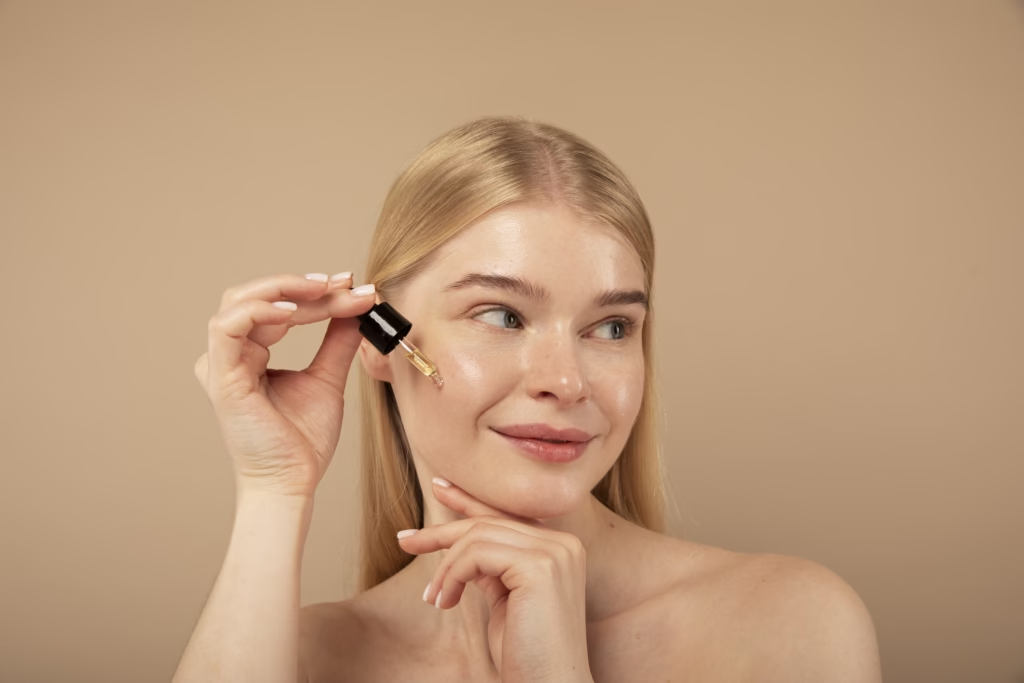
Retinol is a derivative of vitamin A (a retinoid) that’s been rigorously studied for its skin benefits. Dermatologists worldwide, including in India, often recommend retinol for aging skin because it boosts cell renewal and stimulates collagen. In fact, retinol is often called a powerhouse of anti-aging benefits: it helps skin shed old cells and ramp up fresh, healthy ones. According to experts, retinol speeds up cell turnover and “ramps up collagen production,” which is critical for keeping skin plump and wrinkles soft. In simple terms, retinol acts like vitamin A on steroids – it revitalizes skin at a cellular level, improving texture and reducing the appearance of lines.
How Retinol Fights Wrinkles
retinol works its anti-wrinkle magic through several key actions:
- Boosts collagen: It increases collagen synthesis, plumping up skin and smoothing out fine lines.
- Speeds cell turnover: Retinol accelerates the shedding of old, dull skin cells and brings fresh new cells to the surface, making the skin appear smoother.
- Thickens skin: It reinforces the dermal (inner) and epidermal (outer) layers of skin, making skin thicker and more resilient. Thicker skin can better camouflage small creases and improve elasticity.
- Improves circulation: Retinoids stimulate new capillaries in the skin, which can enhance skin tone and health. Better blood flow also supports a more youthful, radiant complexion.
In essence, retinol is a multitasker against aging skin. It doesn’t just treat wrinkles on the surface – it changes how skin behaves. For example, Cleveland Clinic experts note that retinoids (like retinol) “slow the breakdown of collagen and make your skin more elastic,” which directly helps fine lines fade. By preventing collagen breakdown and encouraging new collagen growth, retinol helps wrinkles become less noticeable over time.
What Does Retinol Do for Wrinkles?
Many people ask, “What does retinol do for wrinkles?” In short, it addresses wrinkles on multiple fronts. Fine lines and wrinkles often form because collagen (the skin’s support protein) diminishes with age or sun damage. Retinol steps in to rebuild that foundation. It signals your skin cells to produce more collagen and to shed itself faster. Over weeks and months, this leads to firmer, smoother skin. Additionally, retinol can fade age spots and even out skin tone, which makes wrinkles less obvious. In a way, retinol helps “refurnish” aging skin, plumping it up from underneath and polishing the surface.
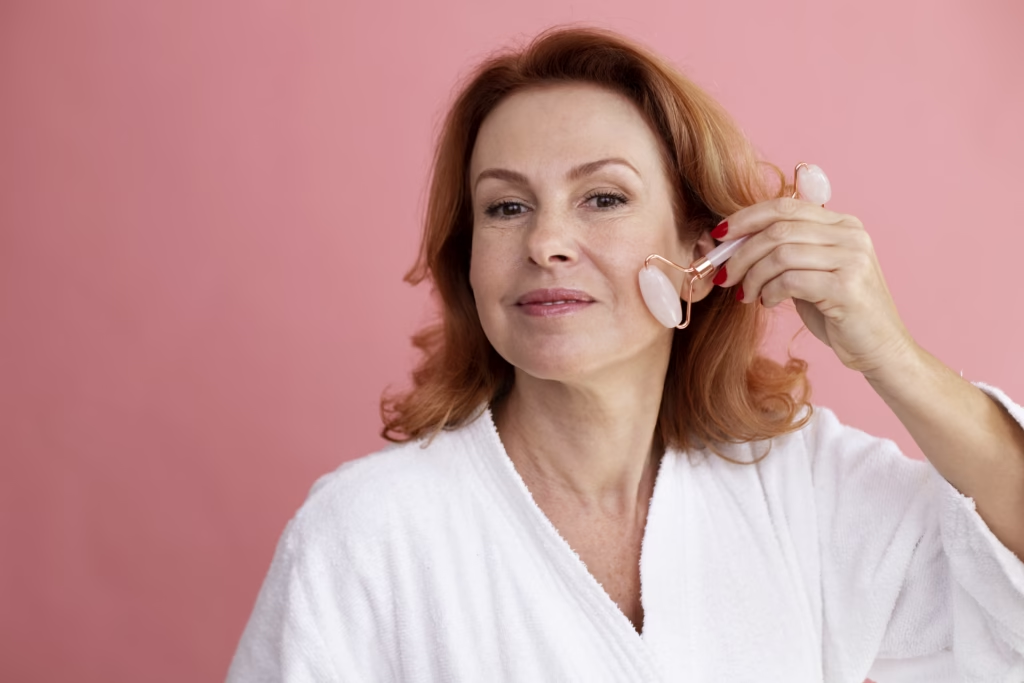
Thickening Skin to Reduce Wrinkles
Yes – one fascinating effect of retinol is thickening the skin. Scientific reviews have shown that topical retinoids (retinol) “augment the thickness of both the epidermal and dermal layers”. In practical terms, this means retinol makes the skin layers underneath your wrinkles a bit denser and stronger. Thicker skin naturally fills out fine lines, making them shallower. Think of it like adding cushioning under a carpet: the more support underneath, the less the carpet (skin) looks crumpled. So if you’re wondering, “Does retinol thicken skin to reduce wrinkles?” – the answer is yes. This thickening effect, combined with extra collagen, helps smooth away crow’s feet, smile lines, and other creases.
How Long Until Retinol Improves Wrinkles?
How Retinol Works to Fight Wrinkles? Patience is key with retinol. Unlike a quick-fix cream, retinol takes time to work its full effect. Expert sources agree it usually takes months of consistent use to notice wrinkle improvements. Harvard Health reports that most people see visible improvement in fine lines after about 3–6 months of regular retinol use, with the best results appearing by 6–12 months. The Cleveland Clinic similarly notes that it takes “several months of topical retinol use to notice a difference” in wrinkle appearance. In other words, don’t expect overnight miracles – mark your calendar for 3 months as a realistic milestone.
In practice, you may start seeing subtle changes (skin feels smoother, hydrated) in the first few weeks, but dramatic wrinkle reduction usually needs longer. Seen in a study of 0.1% retinol on aging skin, participants saw significant improvements in fine lines around 12 weeks. By around week 4, some improvement was already noticeable. So generally, give it about 3 to 6 months of steady use (with breaks if needed for sensitivity) before expecting noticeable wrinkle reduction
Quick Fact: After you stop using retinol, its benefits will gradually fade, because your skin will return to its natural aging process. So for lasting anti-aging effects, retinol should become a regular part of your routine.
Spot Treatment: Crow’s Feet & Forehead Lines
A common question is “Is retinol effective for crow’s feet?” (those fine lines radiating from the outer corner of the eyes.) The good news: retinol can help reduce them. In one large clinical analysis, daily treatment with 0.1% retinol significantly improved crow’s feet and overall facial wrinkles in just 12 weeks. The study’s lead dermatologist, Dr. Patricia Farris, notes that participants showed visible smoothing of crow’s feet and forehead lines compared to a placebo. Impressively, improvements appeared as early as week 4 of treatment.
What about forehead lines (those horizontal lines across the brow)? The same study reported that forehead wrinkles also improved significantly with daily retinol use. In short, retinol doesn’t just work on the cheeks and around the eyes – it can soften deep-set lines on the forehead too. However, keep expectations realistic: retinol softens and smooths wrinkles, but very deep lines may not completely vanish without other interventions (like fillers or Botox). Still, for general fine lines (crow’s feet, frown lines, etc.), retinol is one of the best over-the-counter options.
Retinol Anti-Aging Benefits Beyond Wrinkles
While we’re focused on wrinkles, it’s worth noting that retinol’s anti-aging benefits are broad. Retinol can fade dark age spots and even out discoloration by speeding up skin turnover. It shrinks enlarged pores by accelerating cell renewal and cleaning out debris. Many find that retinol also improves acne and minor scars, which in turn makes skin look smoother overall. It basically gives your skin a fresh start from the inside out. Dermatologists often pair it with sunscreens and moisturizers for a complete anti-aging regimen.
In summary, retinol is truly an anti-aging workhorse. It fights wrinkles and addresses other signs of skin aging (pigmentation, rough texture, sagging). Using it regularly can yield a generally healthier, more youthful skin appearance.
Using Retinol Safely (Indian Skin-Focused Tips)
Because India has strong sunlight year-round, sun protection is absolutely essential when using retinol. Retinol can make skin more sensitive to UV rays, so always apply a broad-spectrum sunscreen (SPF 30 or higher) every morning during your treatment. Experts recommend SPF50+ and reapplying sunscreen every 2 hours if you’re outdoors. A dermatologist in India emphasizes that retinol works even better when combined with diligent sun care. The sun’s UV can break down collagen, so retinol’s collagen-boosting effects help counter that damage.
When starting retinol, patch-test it first. Begin with a low concentration (like 0.1% or less) and use it only 2-3 times a week at night. Over a few weeks, you can gradually increase frequency as tolerated. Dr. Angela Tewari and others caution that retinol can cause dryness and “nettle-like” irritation if you start too aggressively. Signs like redness or peeling mean you should scale back (switch to every-other-night or a milder formula). Using a gentle moisturizer is also wise to soothe the skin.
Indian Skin Note: Many Indian skin types have more melanin, which can react to irritation with dark patches. Retinol-induced redness can sometimes trigger post-inflammatory hyperpigmentation. So in India, it’s even more important to introduce retinol slowly and wear sunscreen consistently. If you develop any excess pigmentation, pause use and consult a dermatologist.
In short, how you use retinol is as important as whether you use it. Follow these tips:
- Apply retinol only at night, since it can break down in sunlight.
- Start low and slow: Begin with a low concentration (0.01–0.03%) and increase gradually.
- Moisturize and protect: Use a gentle moisturizer to combat dryness, and don’t skip sunscreen every morning.
- Consistency is key: Regular use (nightly or almost nightly) is needed for results, but listen to your skin’s tolerance
- Pros:
- Effective anti-aging: Proven to reduce fine lines, wrinkles, and rough texture.
- Collagen booster: Stimulates collagen and thickens skin for long-term firmness.
- Multi-benefit: Also fades pigmentation, shrinks pores, and can improve acne scars.
- Less expensive options: Many over-the-counter retinol serums are available in India at reasonable prices.
- Well-studied: Retinol’s effects are backed by science and dermatologists worldwide.
- Cons:
- Irritation & dryness: Common side effects include peeling, redness, and stinging, especially in the first weeks.
- Sun sensitivity: Makes skin more vulnerable to UV; rigorous sun protection is mandatory.
- Slow results: You need patience – visible wrinkle reduction often takes 3-6 months.
- Not pregnancy-safe: Vitamin A derivatives are generally not recommended during pregnancy or breastfeeding.
- Variability: OTC retinol is milder than prescription (tretinoin). It works well, but sometimes less dramatically than stronger retinoids.
- Requires care: Starting too fast can lead to irritation. Darker skin tones must be careful to avoid extra pigmentation.
These pros and cons can help you decide if retinol is right for you. If skin irritation occurs, reduce frequency or switch to a lower concentration. How Retinol Works to Fight Wrinkles? Some people use retinol only a few nights a week in sensitive seasons (like the peak summer or winter in India) and then ramp up again when tolerated.
Conclusion
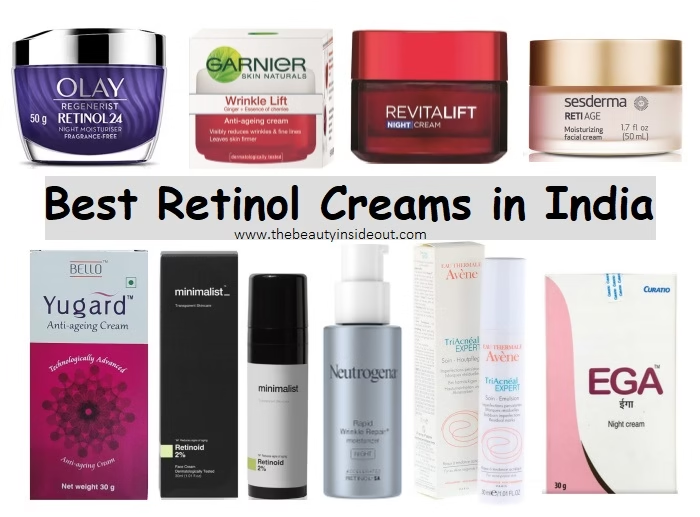
Retinol remains one of the best-researched, dermatologist-approved ingredients that fights wrinkles. It works by rejuvenating skin at a cellular level – boosting collagen, increasing skin turnover, and thickening the skin layer. In practice, using a retinol serum or cream nightly can noticeably soften fine lines, improve skin texture, and restore a youthful glow over several months, then believing that Retinol Works to Fight Wrinkles
For Indian readers, remember that strong sun can offset retinol’s benefits if you skip sunscreen. Always pair retinol with diligent sun protection (SPF 30–50+) and a gentle routine. And don’t forget, lifestyle factors like diet, hydration, and sleep also support healthy skin alongside any product.
Retinol isn’t magic – it’s science-backed skincare. But with consistent use and proper care, it can be a friendly (and fun!) weapon in your anti-aging arsenal. Happy skin-care journey!
For Some Great Deals on Retinols, Visit – https://radianceaestheticglow.com/
Like, – Dermatica Retibright Night Cream or Retiglow Night Serum
Disclaimer: This article is for informational purposes on How Retinol Works to fight wrinkles and does not replace professional medical advice. Individual results vary and depend on skin type and usage. Always consult a qualified dermatologist before starting retinol or other active treatments
